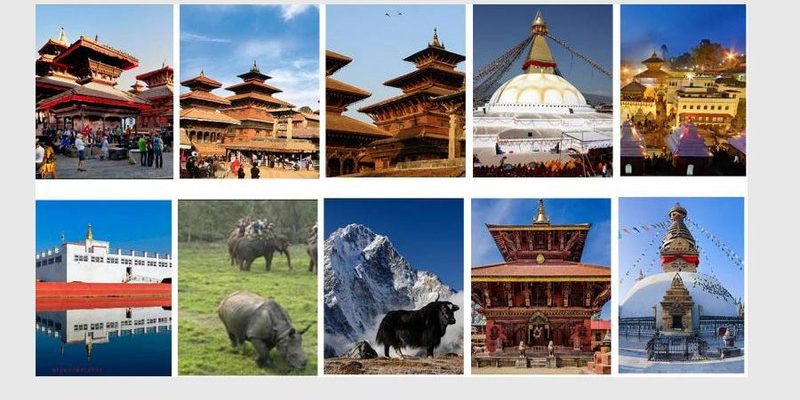
Let’s take a look at what makes the dung beetle tick—culturally speaking, of course. From ancient Egyptian beliefs to its role in modern symbolism, the dung beetle has been viewed through many lenses. To some, it’s a simple scavenger, but to others, it’s a mystical creature that embodies life’s deeper truths. So, grab your favorite drink, and let’s roll into the world of dung beetles and their rich cultural symbolism.
The Dung Beetle in Ancient Egypt
One of the most famous connections between dung beetles and culture comes from ancient Egypt. The Egyptians saw the dung beetle, known as the scarab, as a powerful symbol of rebirth and transformation. They believed that the scarab rolled balls of dung that represented the sun, which they thought was born anew each day. Imagine the sunset rolling into dawn, just like the beetle rolling its dung ball—signifying the endless cycle of life, death, and rebirth.
In fact, scarabs were so revered that they were often used in jewelry, amulets, and other decorative items. People believed wearing a scarab would bring good luck or protection. It was common for pharaohs to have them placed in their tombs as a way to assist in the afterlife. The symbolism was powerful; it wasn’t just about the dung beetle itself, but about the values and beliefs of a society that trusted in the promise of renewal.
Key Attributes of the Dung Beetle
So, what sets the dung beetle apart from other insects? There are a few characteristics that make it quite special. First off, they play a vital role in the ecosystem. By breaking down animal waste, they recycle nutrients back into the soil, helping plants grow. You might say they’re nature’s little cleanup crew!
Here’s a quick rundown of what makes dung beetles so unique:
- Diet: They primarily feed on dung, but they also consume decaying plant matter.
- Behavior: They create dung balls which are used for food or as a place to lay eggs.
- Social Structure: Some species are solitary, while others live in groups.
These traits contribute to their important role in various ecological systems, but culturally, they expand beyond just their physical actions. The idea of recycling and renewal resonates deeply with human experiences and philosophies, connecting the dung beetle to themes of life and death.
The Dung Beetle in Folklore and Myths
Across the globe, the dung beetle has made its way into various folklore and myths. In many cultures, they’re seen as symbols of hard work and perseverance. One example is the African proverb that celebrates the beetle’s efforts to roll a massive dung ball, often used as a metaphor for tackling challenges in life.
In Indian folklore, the story of the dung beetle often points toward themes of humility and the beauty of performing humble tasks. Just like the beetle focuses on its small duty, people are encouraged to find value in everyday actions. It’s a gentle reminder that no task is too small to be meaningful.
These tales breathe life into the dung beetle’s symbolism, showing how it speaks to universal truths about existence, hard work, and the value of every creature’s role in our ecosystem.
The Dung Beetle in Art and Literature
If you look closely, references to the dung beetle pop up in various forms of art and literature. From ancient sculptures to modern art installations, the imagery of the beetle often embodies deeper meanings. Artists frequently use the beetle to explore themes of decay, renewal, and the interconnectedness of life.
Consider the famous Vanitas paintings of the Dutch Golden Age, where artists depicted symbols of mortality alongside everyday objects. Sometimes, you might find a beetle hidden among flowers or other elements, serving as a reminder of the fleeting nature of life.
In literature, authors have drawn on the dung beetle’s journey as a metaphor for human struggles. The beetle’s tireless effort to push its dung ball can echo the resilience we all need while navigating our own challenges. It’s interesting how these small creatures can inspire larger discussions and reflections.
Modern Symbolism and Conservation
In today’s world, the dung beetle still carries significant weight. Environmentalists have adopted the beetle as a symbol for conservation efforts. Its crucial role in the ecosystem makes it a poster child for promoting biodiversity and sustainability. By protecting these insects, we’re also looking out for our planet.
Many organizations around the world are working hard to educate people about the importance of dung beetles in maintaining healthy environments. You might find local campaigns that celebrate these creatures, highlighting their role in agriculture and their importance in composting natural waste.
As a fun fact, did you know that some cultures even celebrate dung beetles in festivals? This modern appreciation carries roots back to ancient beliefs, showing how these tiny insects continue to inspire and educate us about nature’s cycles.
From ancient symbols of rebirth to modern conservation efforts, the cultural symbolism of the dung beetle is rich and varied. Honestly, it’s fascinating how a creature often overlooked can carry such profound meanings in different societies. Whether through art, folklore, or ecological importance, the dung beetle encourages us to think about life’s cycles and our role within the environment.
Next time you see a dung beetle, try to remember that it’s not just rolling dung; it’s carrying a legacy of resilience, renewal, and the beauty of nature’s design. In a world where many things are rushed, it’s a gentle reminder to embrace life’s little moments and the hidden significance behind them.

